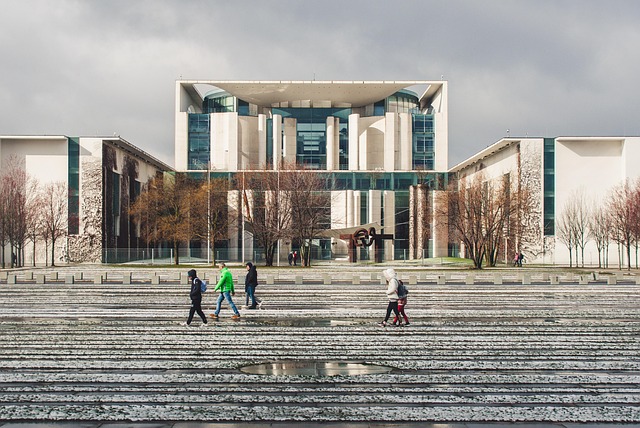Revolutionizing Politics on TV: The Impact of Display Technology and Visualization Techniques
In an age where politics is not just a matter of policy but also presentation, the role of television in shaping public perception cannot be underestimated. With the rapid advancements in display technology and visualization techniques, the way we consume political content has transformed dramatically. From colorful infographics to immersive data presentations, these technological innovations provide viewers with an enhanced understanding of complex political narratives.
The Rise of High Definition and Beyond
The introduction of high-definition monitors brought politics closer to home. Gone are the days of grainy images and muted colors; today, viewers can experience political debates and rallies in stunning clarity. Whether it’s the vivid reds and blues of party logos or the nuanced expressions of candidates, the power of display technology enables audiences to connect with political figures on a more personal level.
Immersive Visualization Techniques
Alongside high-definition displays, advanced visualization techniques have entered the political arena. Data visualization—once confined to academic journals—now finds its place on prime-time news. Interactive maps, real-time polling data, and animated graphics paint a comprehensive picture of electoral landscapes, helping viewers grasp complex information quickly and effectively. These presentations not only engage us visually but also invite us to become more active participants in the political conversation.
Social Media and Real-time Feedback
Moreover, with the rise of social media integration into broadcast media, viewers can see real-time responses during political events. Live tweets and social media polls displayed on screens during debates or speeches create a dynamic viewing experience. This interactivity bridges the gap between the audience and candidates, allowing for immediate engagement and feedback. Display technology has turned passive viewers into active participants, fostering a sense of community around political discussions.
A New Era of Political Shows
Television talk shows and news programs have also evolved with these advancements. The use of augmented reality and digital overlays transforms traditional formats into cutting-edge experiences. Anchors are no longer confined to desks; they can engage with virtual environments that enhance storytelling. This shift has redefined how we perceive political commentary, making it more accessible and visually stimulating for audiences across different demographics.
Changing the Narrative
Ultimately, the influence of modern display technology and visualization techniques is profound. As politics becomes increasingly entwined with media representation, the way we view and engage with political content is rapidly changing. These advancements not only democratize information but also empower viewers to form their own opinions based on visualized data rather than just rhetoric. The combination of innovative technology and the captivating nature of television has opened new paths for political discourse, shifting us closer to a more informed and engaged citizenry.
As we continue to embrace these changes, it’s clear that the future of politics on television is not just about what is said, but how it’s presented. The screen has become a powerful canvas, painting the intricate and ever-evolving picture of our political landscape.




